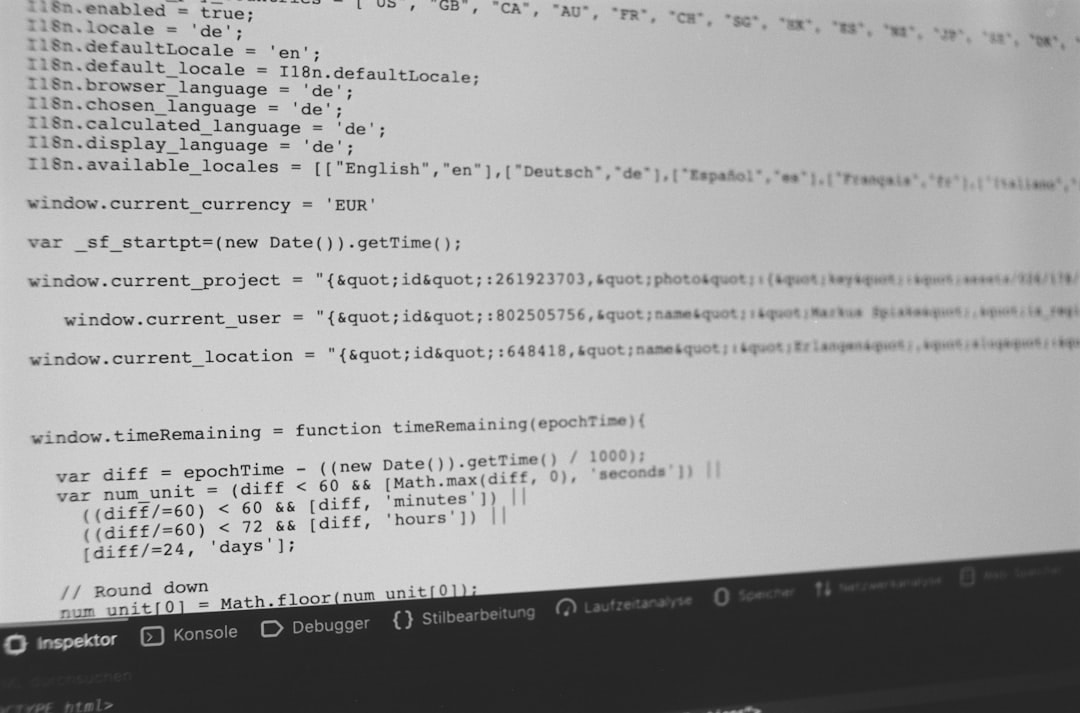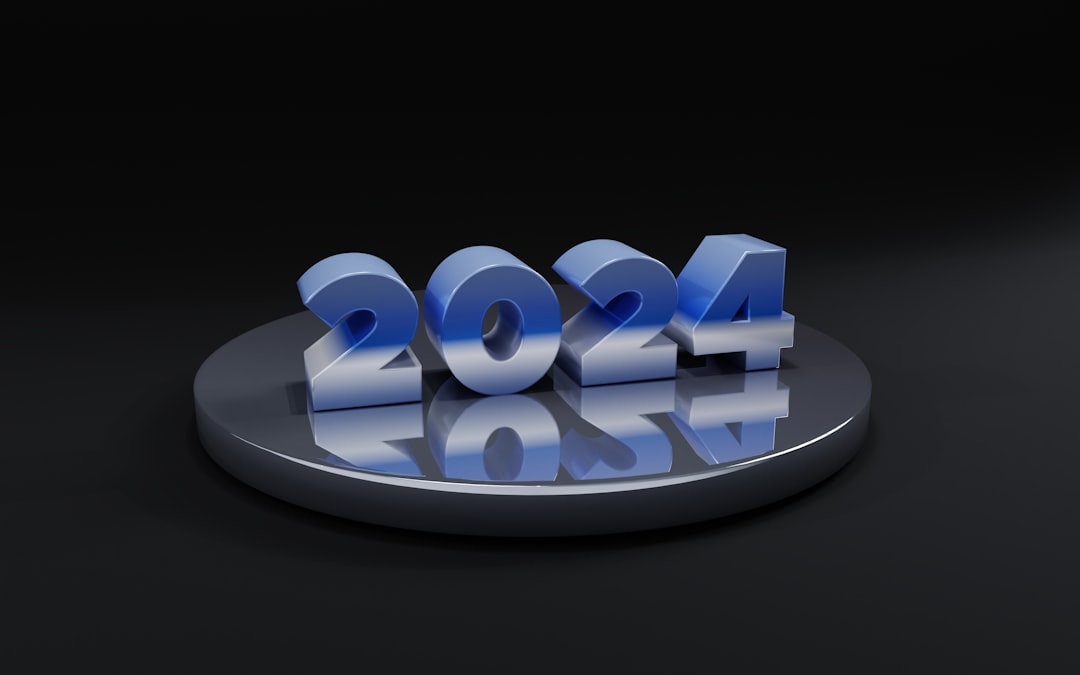In an era where speed, efficiency, and impact are paramount, the traditional approach to presentation design is undergoing a significant transformation. Thanks to advances in artificial intelligence, creating professional, engaging slides is no longer a time-consuming or skill-heavy task. The rise of smart slide tools powered by AI is revolutionizing the way we think about presentations, making them more accessible and effective than ever before.
Whether you’re a student preparing a class project, a corporate manager pitching to clients, or a keynote speaker looking to dazzle your audience, AI-powered presentation software is quickly becoming a game changer.
The Power Behind Smart Slide Tools
At the heart of these tools is sophisticated AI that can analyze text input, interpret intent, and automatically generate visually-appealing slides that align with your goals. This means that with just a few prompts, users can receive a full-fledged presentation, complete with design, formatting, and relevant imagery—all in a matter of moments.

What was once a labor-intensive process requiring hours of design work can now be condensed into mere minutes with significantly enhanced results. These systems can suggest layouts, generate graphs from data, and recommend or insert visuals that align with your narrative.
Key Features of AI-Powered Slide Tools
What makes these tools so transformative is their ability to combine multiple intelligent technologies. Here are a few standout features:
- Natural Language Processing (NLP): Users can type a brief outline or a set of bullet points, and the AI tool expands it into full slides with appropriate formatting and design.
- Design Intelligence: Smart algorithms choose color schemes, fonts, and layouts that best suit the topic and audience.
- Auto-Generated Visuals: AI can automatically source or create charts, graphs, icons, and images based on your content.
- Content Summarization: For those working with lengthy reports or documents, AI can distill key ideas and concepts into concise slides.
- Voice Integration: Some tools even allow for speech-driven slide creation or narration capabilities for on-demand voiceover presentations.
These capabilities aren’t just about automating design; they’re about augmenting human creativity and ensuring that impactful communication is attainable for everyone, regardless of their design expertise.
Benefits of Using AI in Presentations
Embracing smart slide tools offers a multitude of benefits, both in professional and educational settings. Here are some reasons why more people are making the switch:
- Time Efficiency: Spend less time designing and more time refining your message.
- Consistency: Maintain a uniform look and feel across all your slides, helping to reinforce brand identity or thematic cohesion.
- Accessibility: Make presentations more inclusive with automated suggestions for alt text, legible fonts, or language translation for diverse audiences.
- Rapid Customization: React quickly to feedback by tweaking content on the fly without extensive redesign work.

Popular Tools Leading the Charge
Several cutting-edge platforms are pushing the boundaries of what’s possible with AI in presentation design. Here’s a quick look at some of the most impactful tools available today:
- Beautiful.ai: Focuses on simplicity and visual elegance, enabling users to create compelling presentations in seconds.
- Tome: A narrative-first platform that combines GPT-driven smart text with sleek slide construction.
- Canva AI Presentation: Offers intuitive user experience and a wide array of AI-generated templates tailored for different presentation themes.
- Microsoft PowerPoint’s AI Features: Includes tools like Designer, which helps with layout improvements, and Presenter Coach, providing speech feedback.
The Future of Presentations
As AI technology continues to evolve, we can only expect these tools to become even more intuitive and powerful. Real-time collaboration, audience emotion analysis, adaptive storytelling, and interactive, data-driven visuals are just a few of the advancements on the horizon.

In conclusion, AI-powered smart slide tools are not just tools—they are partners in communication. They help democratize quality design, reduce cognitive load, and allow users to focus more on the story they want to tell rather than the medium in which it’s told. As these innovations continue to gain traction, the future of presentations looks not only smarter but also brighter and more inclusive.

